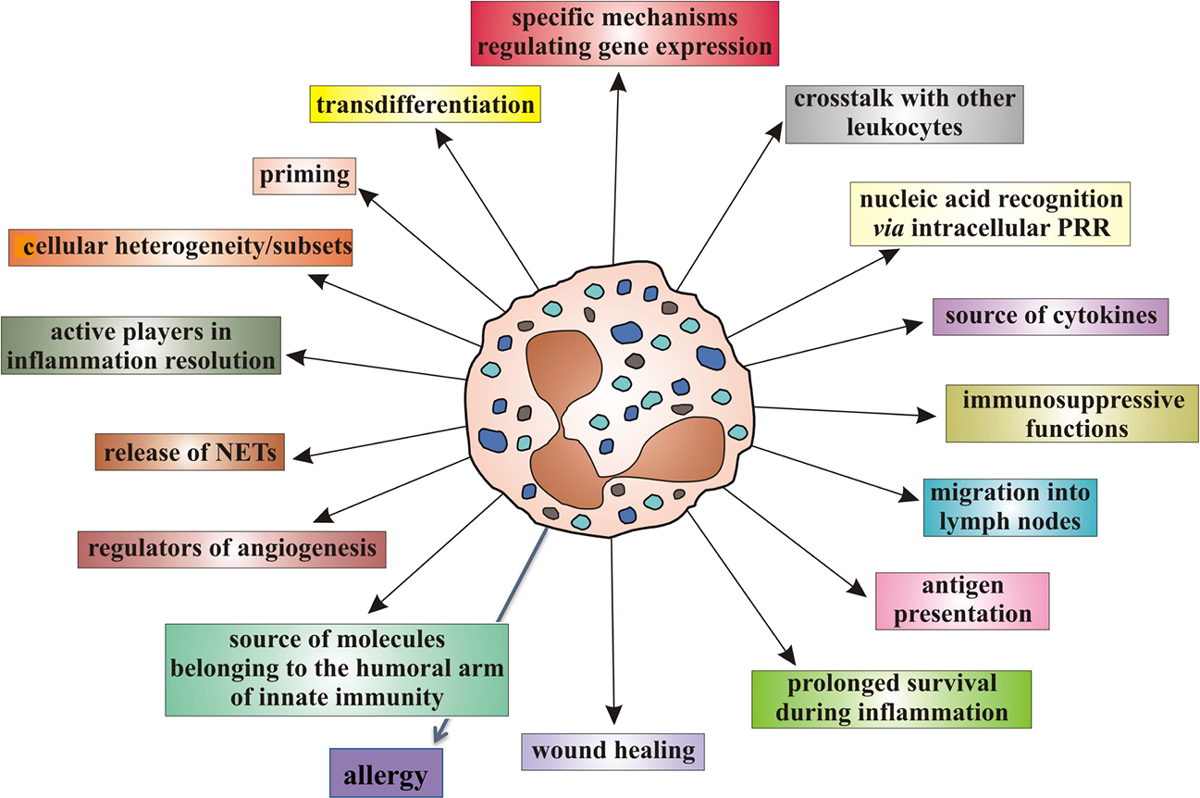The Placebo, the Sensory Trick and Chiropractic
SOURCE: Chiropractic J. Australia 2004 (Jun); 34 (2): 58–62
Brian S. Budgell, DC, MSc
School of Health Sciences,
Faculty of Medicine,
Kyoto University, Kyoto, Japan
Thanks to Dr. Brian S. Budgell and Dr. Rolf Peters, editor of the Chiropractic Journal of Australia for permission to republish this Full Text article, exclusively at Chiro.Org!
Background: As standards for randomised, controlled, clinical trials in medicine evolve, there is debate about whether the RCT model of investigation is appropriate for chiropractic and other forms of so-called “complementary and alternative medicine.” There may be some question as to whether the use of placebo interventions can be justified ethically and scientifically given that experimental treatments must eventually compete in a marketplace where there is often already a clinical alternative which is more effective than placebo. Beyond these concerns, design of an appropriate placebo for chiropractic trials is particularly problematic since the therapeutic component of overall chiropractic treatment may be difficult to isolate.
Objective: To compare placebo interventions in current use in chiropractic clinical research with simple somatic stimuli that produce significant physiological effects in a selected group of patients (those suffering from dystonia).
Methods: A literature search was made using MEDLINE, with the key words dystonia, sensory trick and geste antagoniste. Articles were reviewed for descriptions of these stimuli. The stimuli were compared, in terms of site and modality, with placebo interventions used in recent chiropractic clinical trials.
Results: Stimuli used as placebo procedures in recent chiropractic clinical trials are quite similar, in terms of site and modality, to the “sensory tricks” that either cause substantial temporary relief, or, alternatively, provocation of symptoms in dystonic patients.
Conclusions: Caution should be used in assuming that control (placebo) procedures used in chiropractic clinical trials—procedures that involve physical contact or positioning of patients—lack specific effects on neuromusculoskeletal symptomatology.
INDEX TERMS: (MeSH) PLACEBO, SENSORY TRICK, GESTE ANTAGONISTE, CHIROPRACTIC
| You may also want to refer to our: |
INTRODUCTION:
In common parlance, the placebo may be thought of as a sham treatment given to placate the gullible or troublesome patient. In medical practice, it is more often thought of as medication, most often a pill, which has no specific action against the complaint for which it is prescribed. More recently, standards for design of clinical research have demanded more rigorous definition of what has been called “the imaginary term in medicine’s algebraic formula.” [1]
For purposes of pharmacological research, it is possible to select placebo substances that appear, with a very high level of probability, to be physiologically inert in humans, or at least to have no specific action against a disorder that is the target of investigation. Nonetheless, various studies have indicated that such supposedly inert substances may be associated with impressive levels of therapeutic effects, sometimes rivalling the medications, which are known to have specific pharmacological effects. [2]
It is common practice in clinical research to compare the effects of an experimental intervention with those of a placebo intervention (one which is believed to have no specific effect on experimental outcome measures). The non-specific effect of a placebo may then be subtracted from the total effect of the experimental intervention in order to derive a “true” effect of the intervention under study (Figure 1). These apparently irrational mathematics are legitimised by practice and have some virtue in reducing the probability that chance will intervene and produce what appears to be a true clinical effect where in fact none exists.
| EFFECT OF EXPERIMENTAL INTERVENTION | less | PLACEBO EFFECT | equals | TRUE EFFECT OF EXPERIMENTAL INTERVENTION |
Figure 1: The non-specific effect of the placebo under study may be subtracted from the total effect of the experimental intervention in order to derive the “true” effect of the intervention under study.
Read the rest of this Full Text article now!





Leave A Comment